SPARRING
I participated in Whitworth University’s 2021 Tech Startup Competition.
Six teams pitched startup ideas that related to tech in different and unique ways. My team designed and pitched an idea for a mobile app called Sparring. Sparring is a Tinder like app where martial artists can find other martial artists to spar with and find facilities in their area. Our app idea won first place in the competition.
For my senior capstone Software Engineering class, my team and I decided to progress on the project and develop the application. With the support from the judges, mentors and professors that helped us with our award winning idea, we were able to complete our project and produce a demo app.
Goal
Design a mobile app where martial artists can find sparring partners in their area, as well as local facilities to spar at. Users would be able to filter and match with others based on experience, fighting styles, and interests.
Problem
Initially, our problem was that martial artists usually have small communities to interact with. Most communities are built around a single facility and can vary in age, experience level, and gender.
Upon further research, we realized that many martial artists can disconnect from their communities due to different circumstances such as relocation. With a lack of resources and knowledge of their area finding sparring partners or facilities can be difficult and frustrating, leading to lost interest in the arts.
Combining our findings, we narrowed down our problem to martial artists having difficulty interacting with others in the martial arts community and facilities that are outside of their immediate area. This further limits who they can spar with and where they can spar.
Solution
To solve our problem, we wanted to produce a platform for martial artists to find sparring partners and to find local facilities in their area. Our focus for the platform is to give those in the community a way to expand and get to know others in and out of their area, as well as to give those new to the community or arts a way to get involved in their area.
Business Research
We began our research by figuring out what kind of solutions were already in practice to give the martial artist community a platform to communicate. We prioritized looking on Facebook for any groups, apps on the Apple App Store and Google Play Store. We found very little in terms of actual platforms that can be utilized by a large group of people. Many local facilities had a Facebook page to post any updates about tournaments, classes and facility availability. A good amount of those pages looked like they hadn’t been updated recently, and a couple had links to the facility’s website.
We were able to interview 10 individuals and 2 facilities in the local community about what kind of platforms they use to communicate within their communities. These were our insights:
Large text message groups
Facebook and Facebook messenger groups
Email groups
Forms of Community Engagement
After reviewing our research, we agreed that an app would best fit our vision of how we can solve our problem. Here’s why.
We saw that martial artists have a very limited community and it impacted not only their training schedule but their dedication to the art as well.
It is important for those dedicated to the art to be able to flourish and enjoy it while having a supportive community to interact with.
An app would be the easiest and more simple platform for people to use and get to know others
User Research
We followed up our business research with user research. We understood what we were trying to design, but we needed to know who exactly we are designing for. We want to be as inclusive as possible, because we know that many different kinds of people practice martial arts. We talked with numerous members of the local community to ensure that we were getting the proper terminology, as well as to get a better idea of how to design for our wide range of potential users.
-
Our main users for the application are the martial artists. We want to make sure we can include as many different people as possible to make sure we can design and create an inclusive application. We have created a list of potential generic users, to include a large and broad group of users.
Women
Men
Experienced practitioner
Novice practitioner
Disabled practitioners
Combat based arts
Non-combat based arts
-
Another user for our application would be the facilities. They will be featured in our application to give the artists a space to spar and train, so making sure the facilities have a platform to advertise themselves is important. They would be able to provide information about themselves, such as:
Location
Hours
Calendar
Services
The facilities are able to control who can spar and train in the facilities, as well as how often.
Who Are We Designing For?
Based off the main users we brainstormed in our user research, we decided to design for two specific archetypes of users.
Fighting Styles
Combat based arts: many martial arts are combat based, and require extra care when sparring others. Usually one vs one when sparring. Sparring partners need certain experience in order to be bale to practice safely.
Non-combat based arts: those martial arts that are non-combat based are more group friendly. More beginner friendly and allows for artists to go at their own pace.
Experience Levels
Beginner level: New to the martial art, or just picking up the art again after absence. Still learning the do’s and don’ts of the art and the facility they practice at. Depending on the kind of martial art, could have 0-2 belts of experience.
Needs someone to learn with and from that is reliable and has experience.
Intermediate level: Has at least a couple years of experience in the art. Has been training consistently and has disciplined themselves to keep improving. Depending on the kind of martial art, could have 2-4 belts of experience.
Needs someone who has similar levels of experience and that can push them to improve further.
Expert level: Has been practicing their art for at least 5+ years. Trains regularly at a high level and is highly disciplined. Depending on the kind of martial art, could have 4+ belts of experience.
Needs someone who is highly experienced and dedicated to the art.
Challenges
While conducting our research we came upon some realizations that made us stop and scratch our heads. Here’s what we found.
While interviewing an experienced practitioner in the community, we were told that experience level can also vary depending on the facility someone trains at.
Certain facilities train at a certain level that can be higher or lower than others
Time spent practicing at a better facility could produce a more experienced student than in other facilities
We realized that the users we are designing for are active people.
Active people tend to be busy and are more likely to have difficulty finding sparring partners with similar schedules at their local facilities.
Ideation
We took heavy inspiration from modern day dating apps such as Tinder and Bumble. We looked into how their interfaces work and how user friendly they are. We wanted to make our interface function as easy as possible while looking simple and clean.
Tinder
We took some features and concepts from Tinders interface and discussed what features would help our app function well.
Profile card stacks would make it easy for users to be able to swipe left and right on other users while still being able to see important information about them
Messaging is essential for our users to interact with each other. Having the ability to see notifications about new messages and new matches is a feature we have to include
Bumble
We took a look at Bumble as well to see how they displayed user information for others as well as any features they had that caught our eyes.
The information and labels displayed on their profile cards make accessibility easier when quickly looking at other user profiles
Users have a wide variety of customization options on their profile to display information to others. This allows users to reach a larger demographic and make filtering easier
User Flow
We created a user flow to map out how we wanted our users to interact with our application. We wanted to ensure the experience was simple, easy and memorable for users. Our apps pages, buttons and labels all interact with each other and create an easily navigable interface.
Wire Framing
I led the team in wire-framing. Making sure we created a variety of designs with different features that we could use would allow us to then conduct a survey for users to give feedback on what features they preferred.
Once we got rough designs of what we wanted, we then created concepts of what our final app design would be.
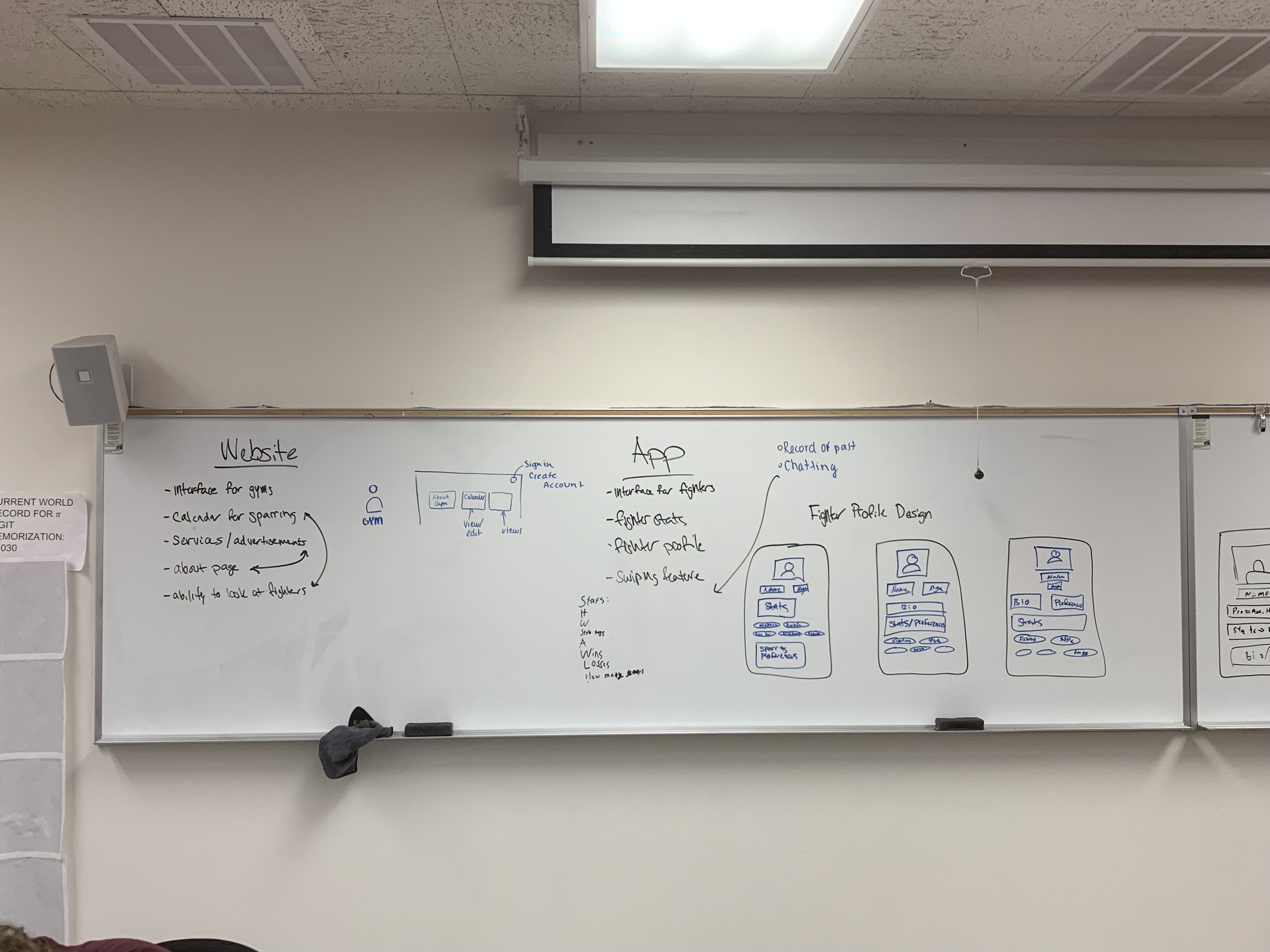
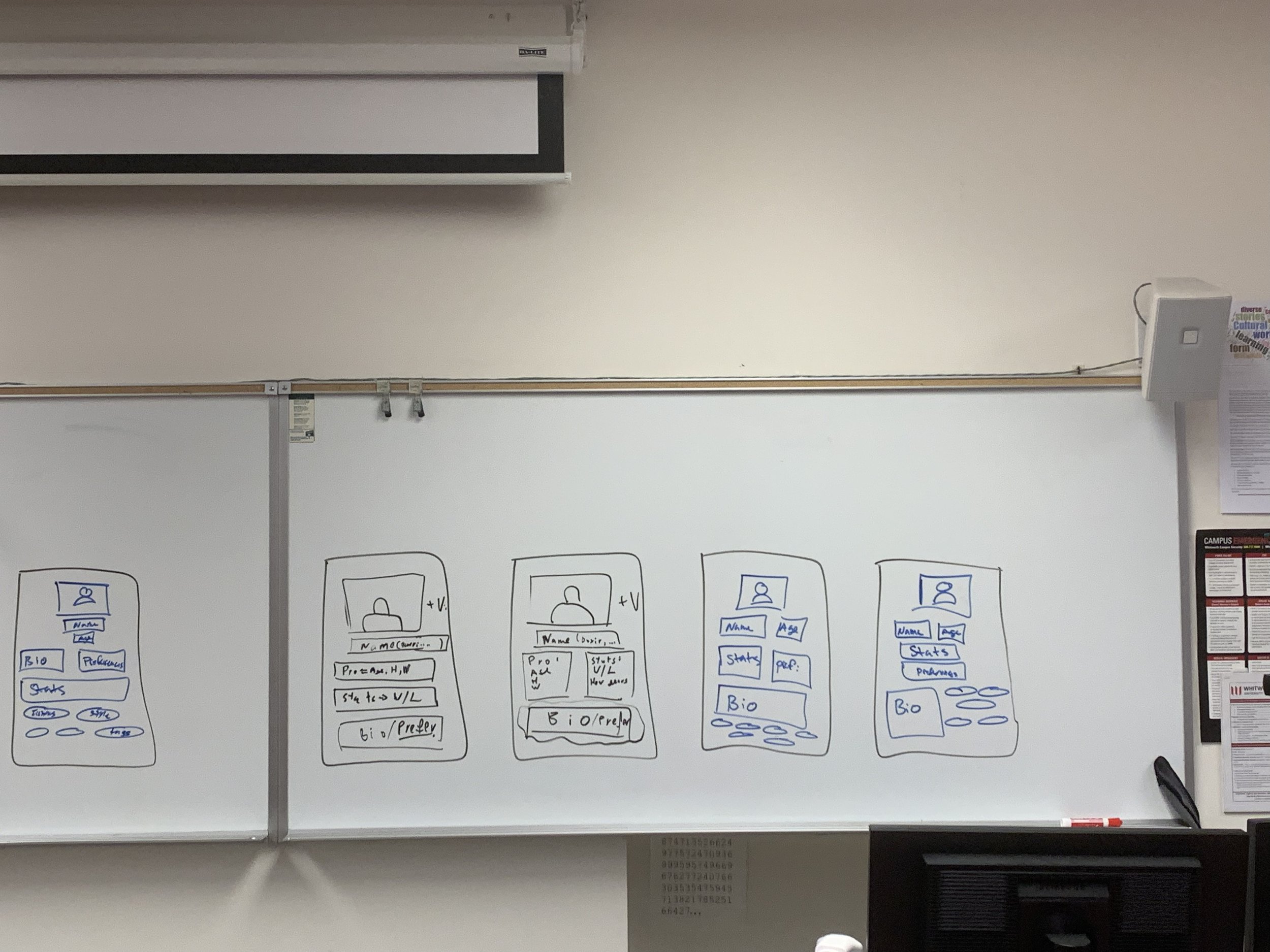
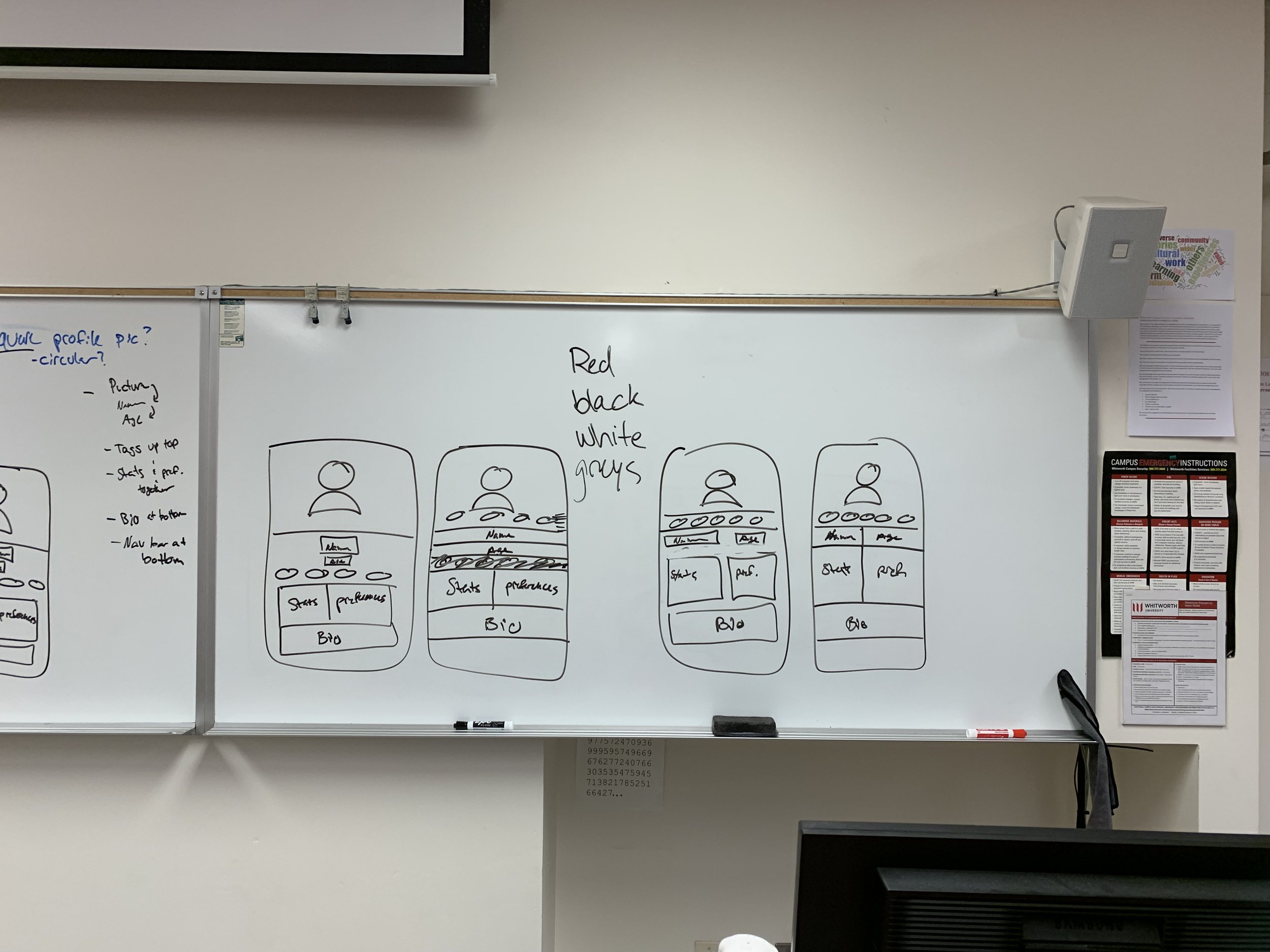
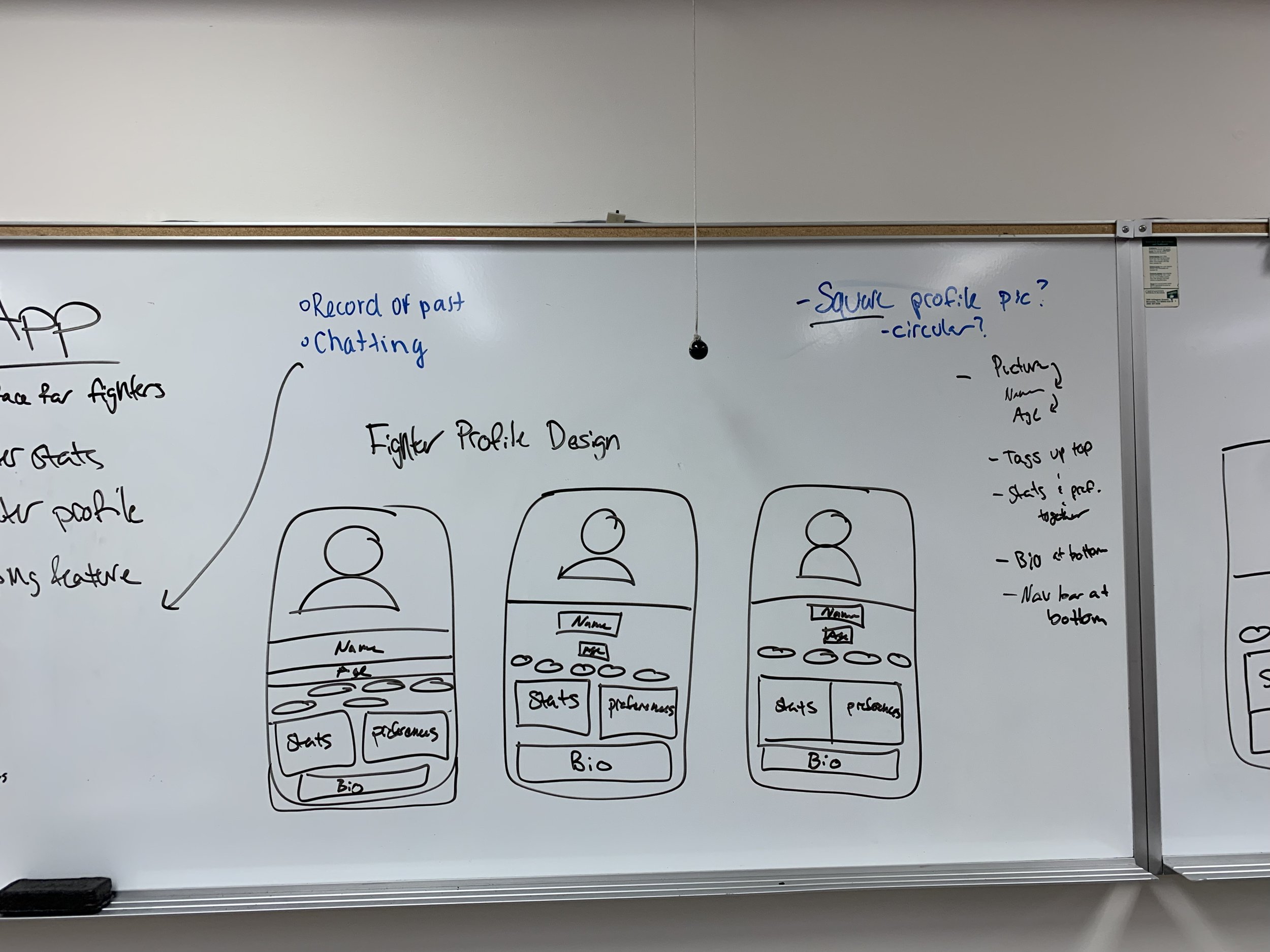
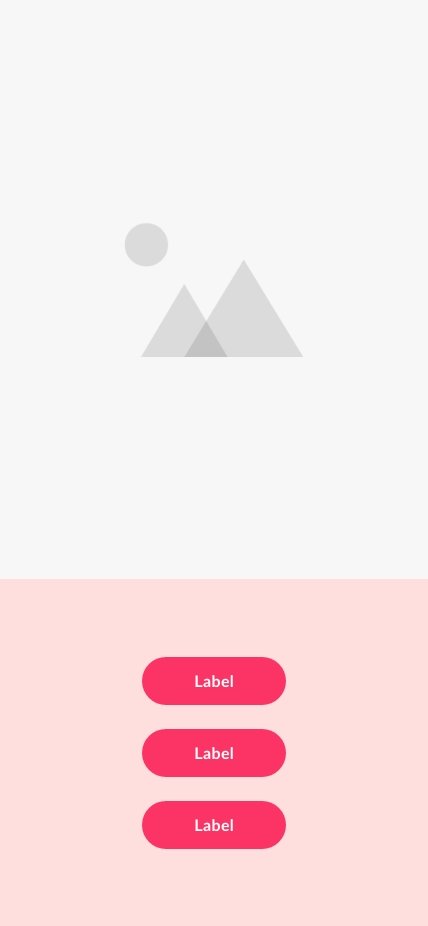
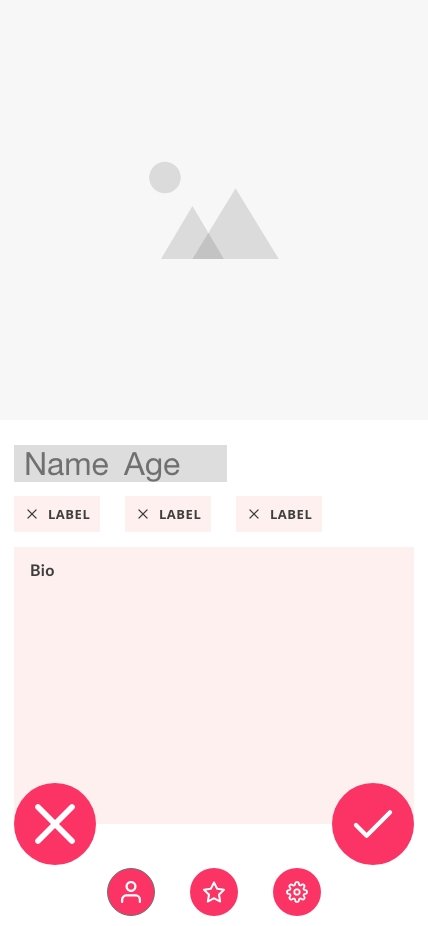

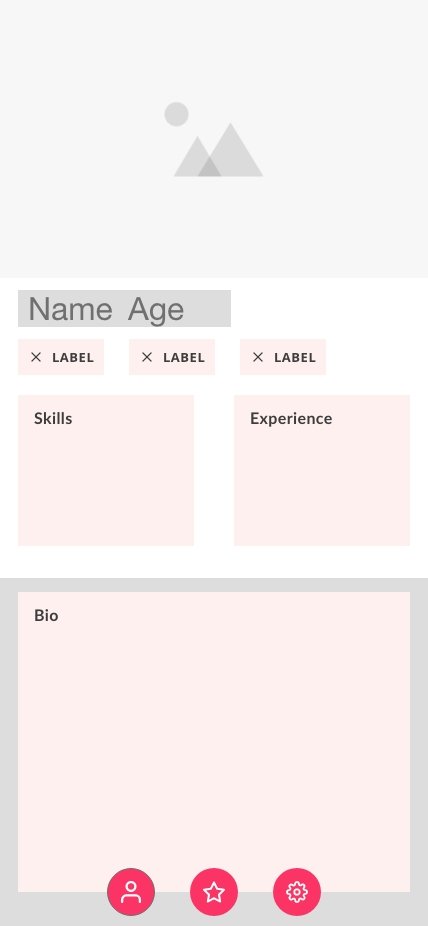

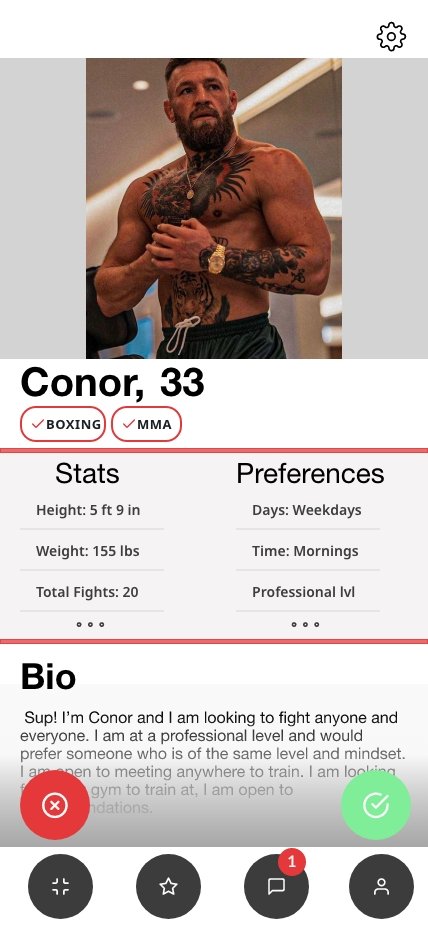
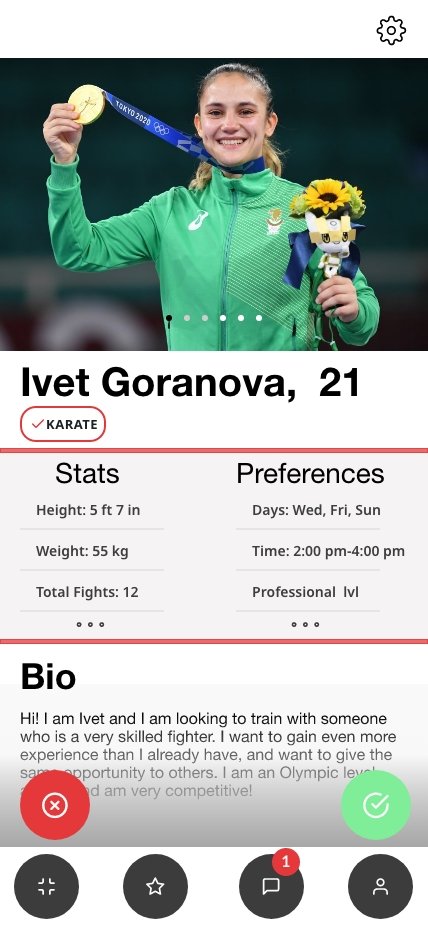
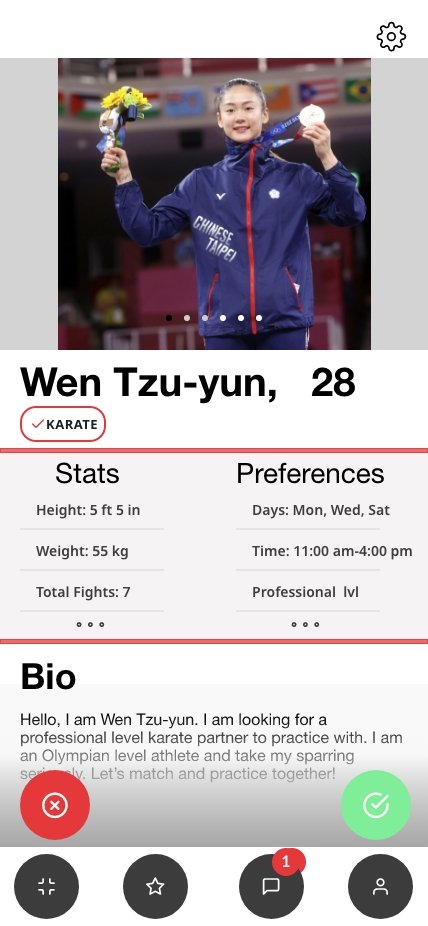
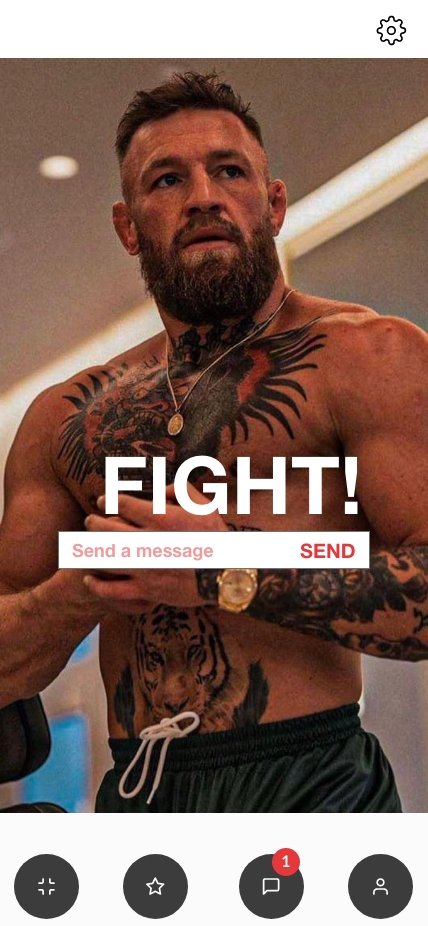
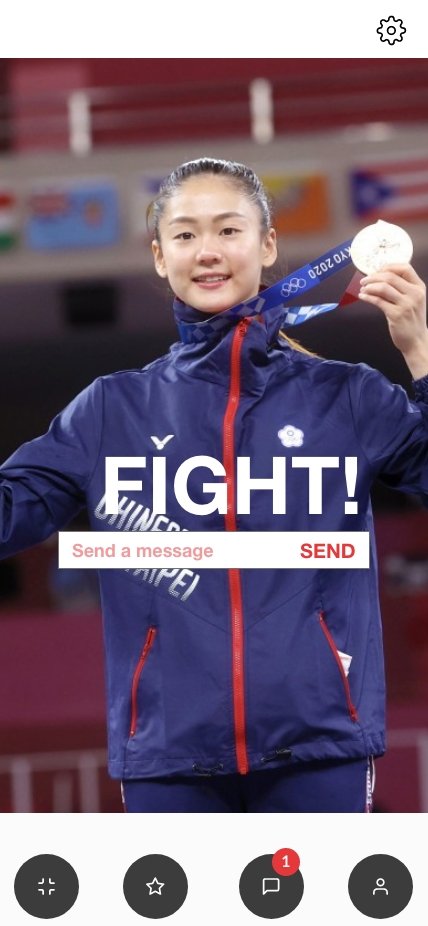
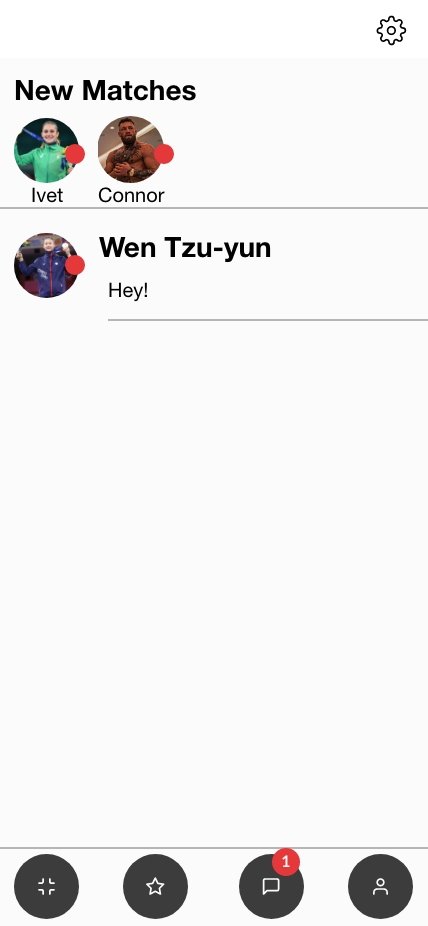
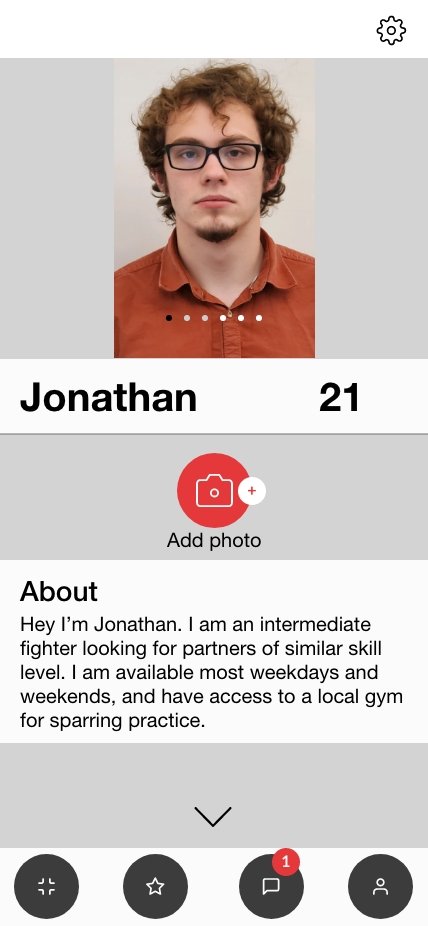
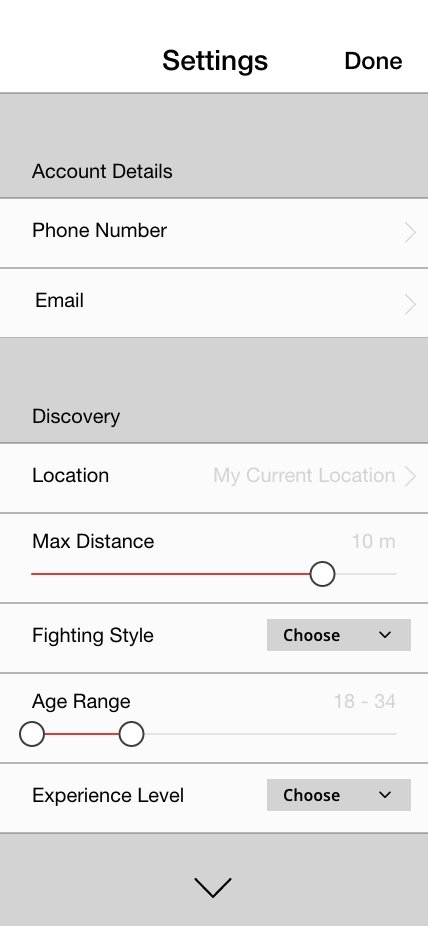
Design
We decided to use Google Flutter as our main software development kit. We chose Flutter because we were able to create the app for both IOS and Android simultaneously, as well as implement other Google features into the app as well.
Our app features Google Firebase storage, Google Maps Flutter plugin as well as Google Firebase Messaging plugin.
We focused on creating a demo app where we can show key features such as messaging, swiping and viewing profiles, viewing facility locations, as well as updating user profiles with text and images.
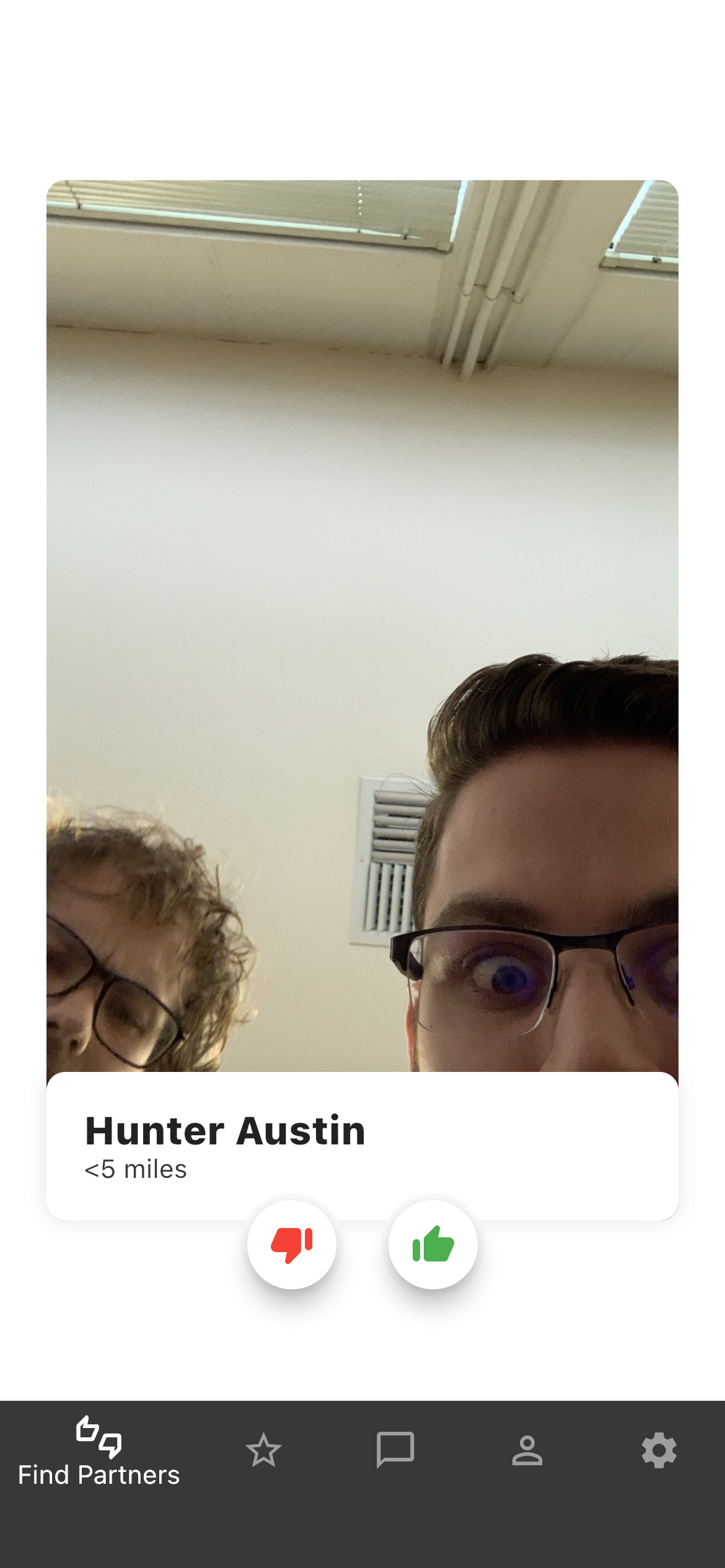
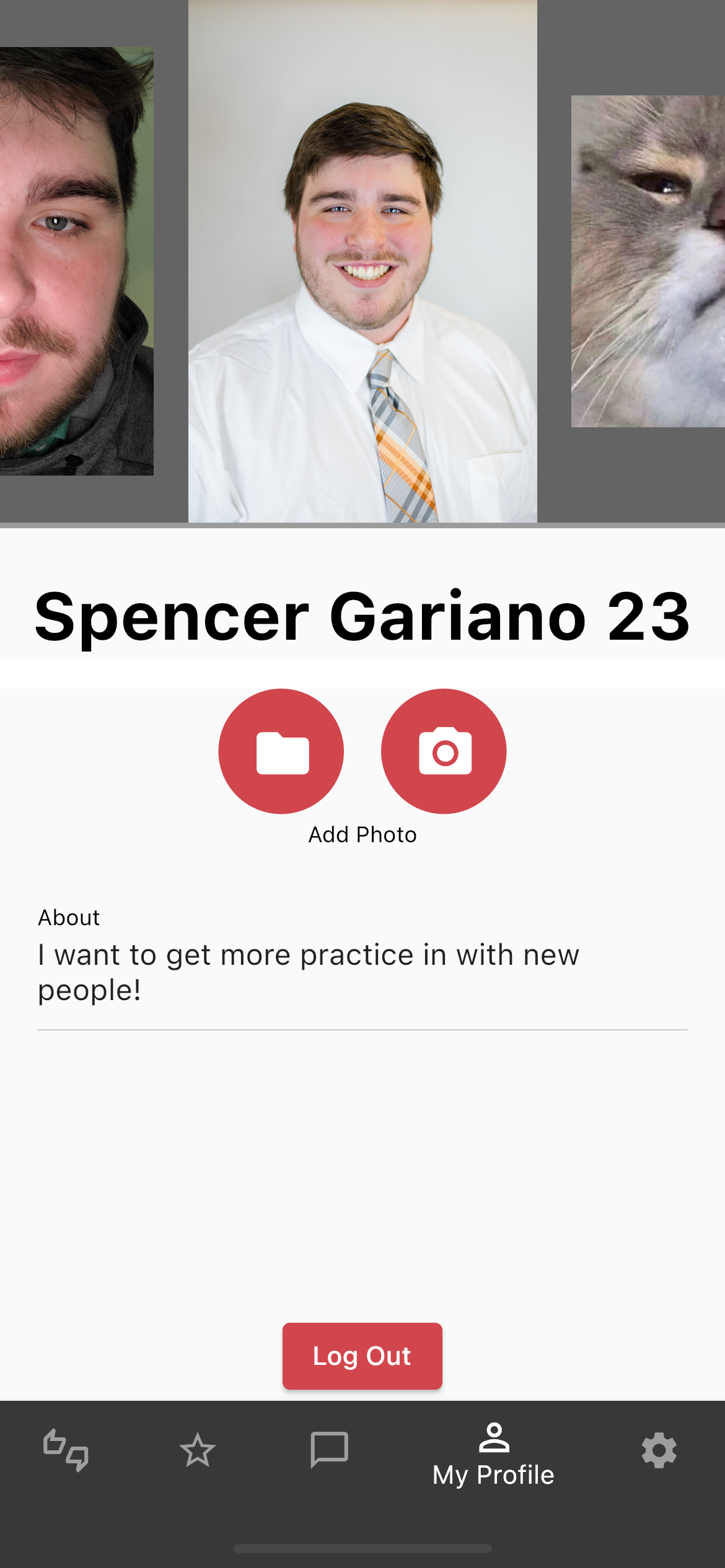
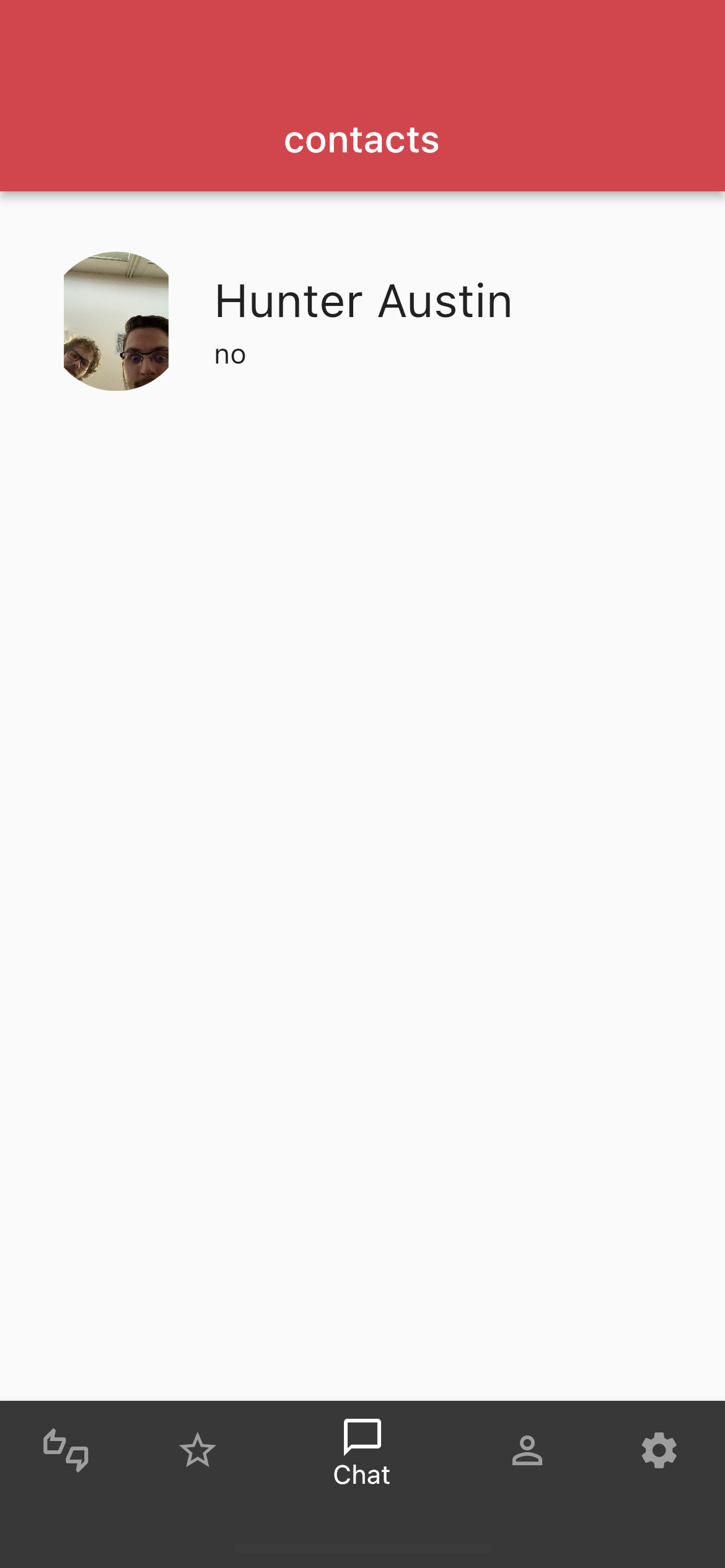
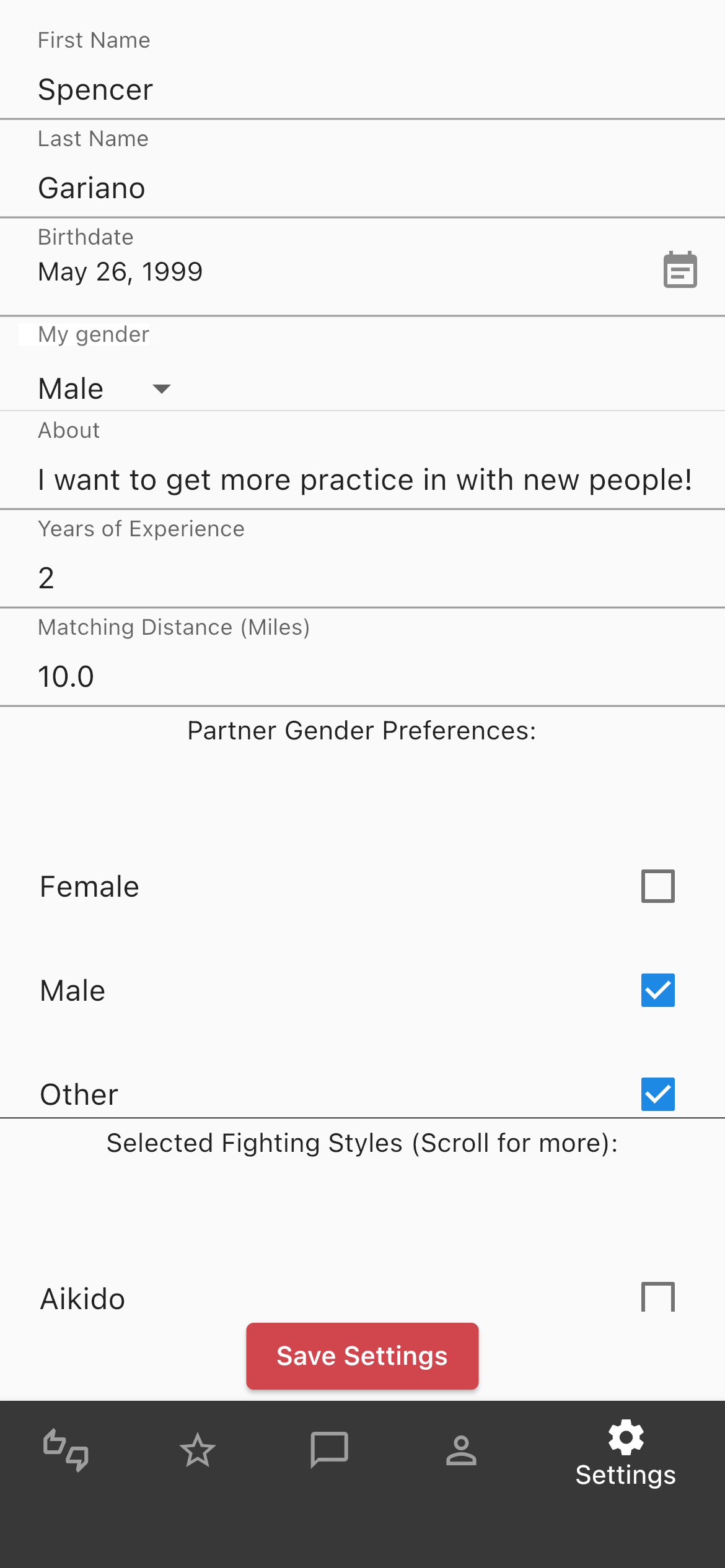
Reflection & Response
One of the things I worked on was making sure that all of the development made for Android carried over and worked on IOS. I was the only one with access to Xcode and IOS development, so it was on me to make sure things worked and that I made changes to make sure things ported smoothly. It was difficult at times and tricky, as I was learning Flutter, and many bugs would come up in crucial areas in the app. The Google Maps plugin is not completely functional on IOS, as there are permission issues and connectivity issues as well. It was one of the parts that I was stuck on the longest, as it would crash the app completely when clicked on. Going back, I would spend some more time troubleshooting and updating the Google Maps plugin portion of the app. It was more difficult to implement on IOS than we expected and did not allow enough time to work around any issues that came up.
Working on the project in more of a developer role, I learned that my designs as a UI/UX designer have to be clear, comfortable to interact with, and doable. As great as some of the flashy animations and unique layouts are, they require a lot more work than one would think.
The UX research at the beginning felt very rough. We had a good amount of research already from the start up weekend, but we had to filter all that research down and expand on it. The more leads and information we got the more and more problems we came across. We wanted to try and solve them all, but it would mean needing a larger time frame for the project, more research, more time for development, and more caffeine. We decided to stick with our initial solution and leave enough time for development so that if we had the time to add any features or go back and try to solve any other problems, we had the time to do so.




